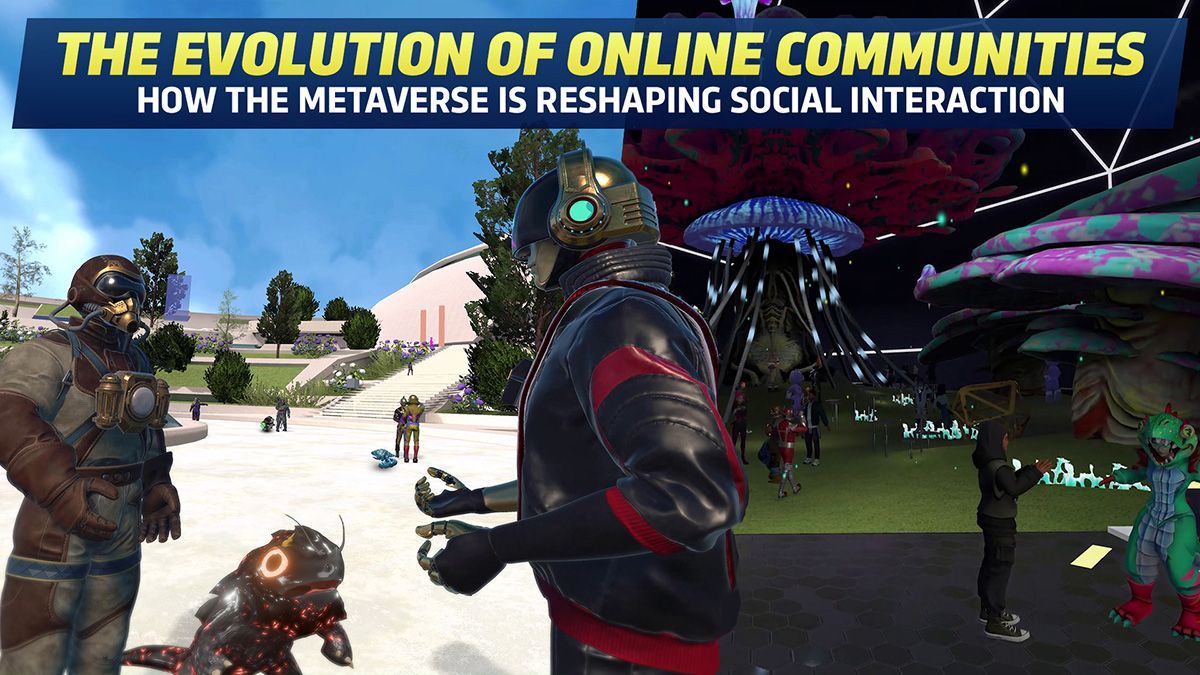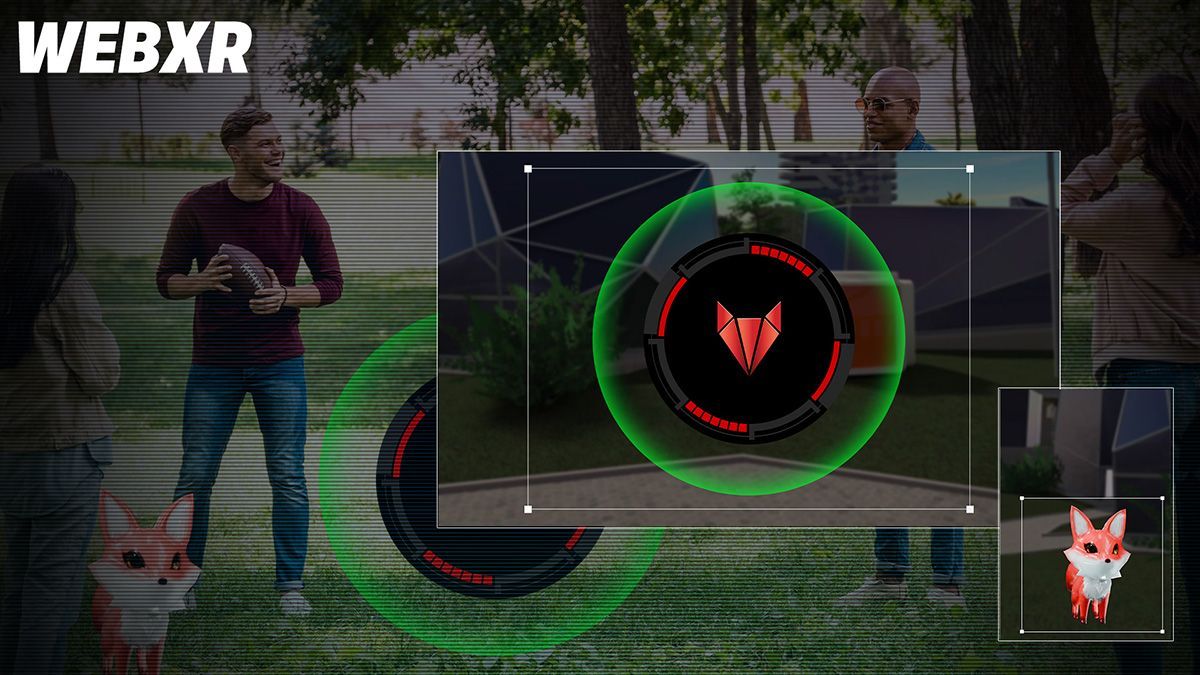Phil Cahiwat
VALT Portfolio Lead at RFOX
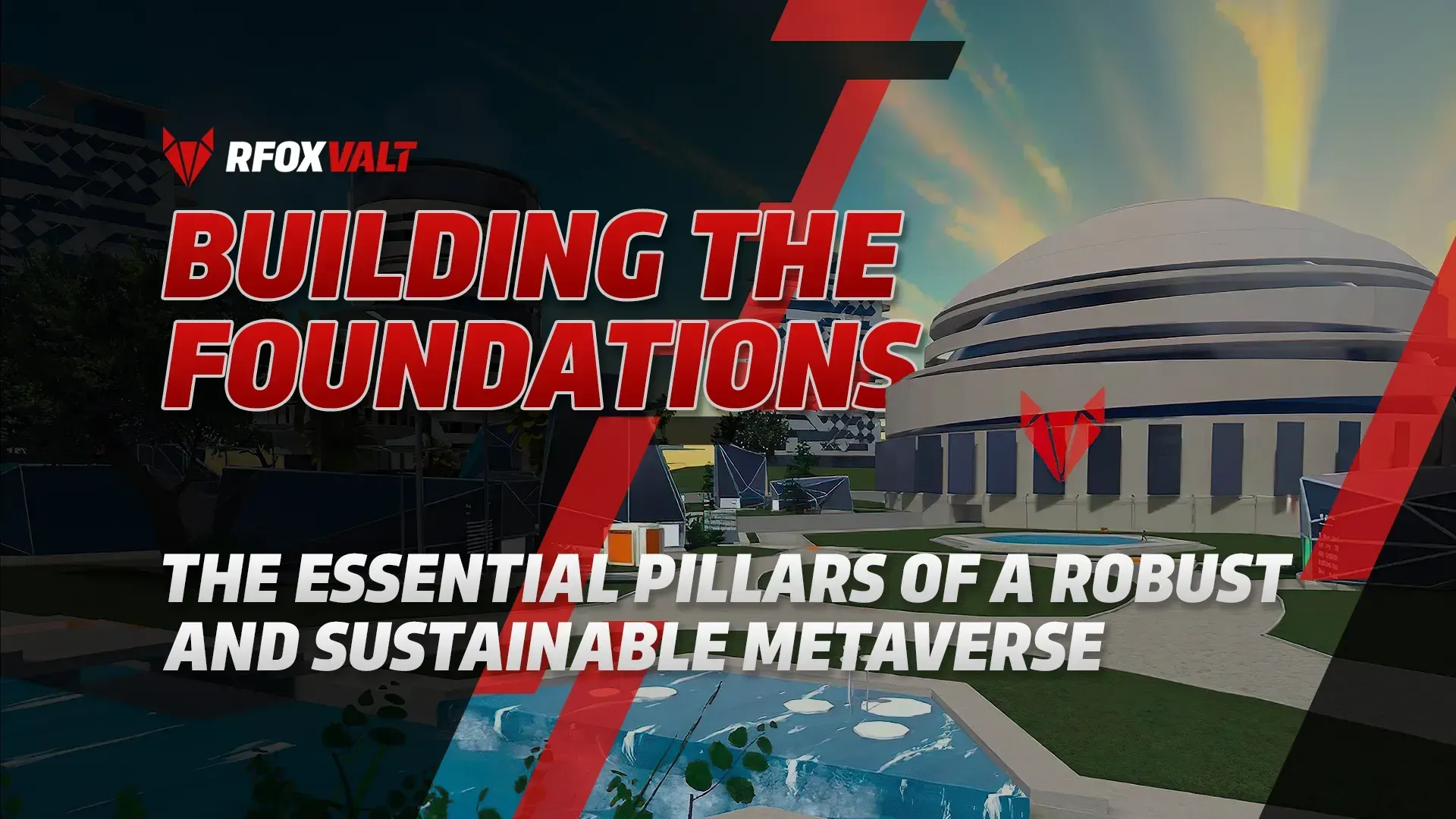
Author:

Phil Cahiwat
VALT Portfolio Lead at RFOX

The metaverse: a thriving digital frontier where avatars attend virtual meetings, explore immersive experiences, and even invest in virtual real estate. It’s more than a tech buzzword—it’s a platform reshaping creativity, commerce, and community interaction. But how does this digital universe come to life? Behind its immersive experiences are carefully crafted foundational pillars that ensure its sustainability and growth. We’ll go into more depth on each of these concepts over the coming weeks, but for now, let’s uncover these essential elements.
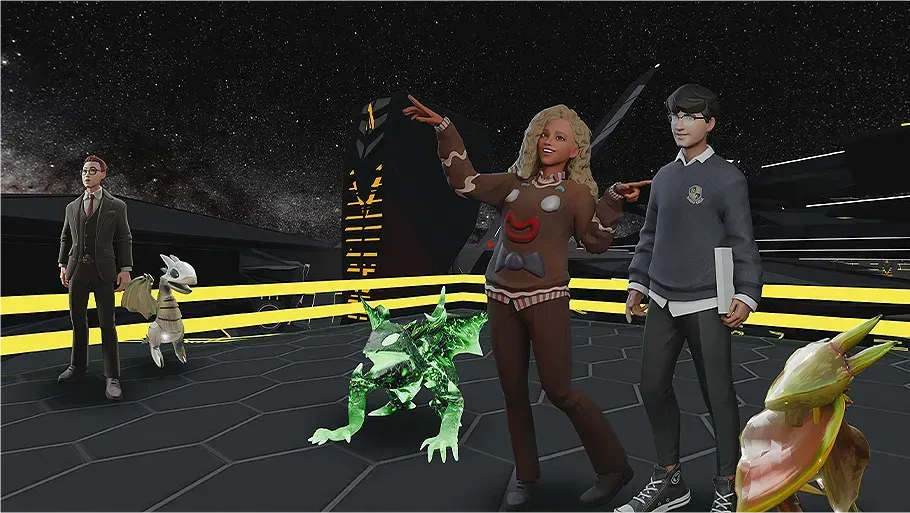
Technology is the backbone of the metaverse, enabling smooth, real-time interactions. High-speed internet, low-latency networks, and scalable cloud computing power its vast, interconnected virtual spaces. WebXR is a game-changer here, bridging VR, AR, and browser platforms to expand accessibility. This ensures users, regardless of device, can experience immersive environments seamlessly. As the metaverse grows, robust infrastructure is vital to handle millions of users during large-scale events without compromising performance.

The metaverse isn’t a collection of isolated experiences—it’s an interconnected network of virtual worlds. Interoperability allows seamless transitions of avatars, assets, and experiences between platforms. By using universal standards and protocols, the metaverse eliminates the digital silos that hinder user engagement. Think of it as a global virtual passport that enables you to explore without restrictions.

At the heart of the metaverse is creativity, and it thrives on user-generated content. Accessible tools empower developers and novices alike to create 3D environments, art, and interactive games. This democratization of creation ensures that the metaverse remains a dynamic, ever-evolving digital canvas. Without this input, the metaverse risks becoming stagnant, but with it, innovation knows no bounds.
Blockchain technology is the foundation of the metaverse’s economic ecosystem. Cryptocurrencies enable secure, decentralized transactions, while NFTs establish ownership of digital assets, from virtual art to in-game collectibles. Beyond trading, blockchain tracks asset provenance, ensuring creators receive fair recognition and royalties. By providing transparency and trust, blockchain underpins a sustainable and thriving metaverse economy where creators can turn their passion into profit.
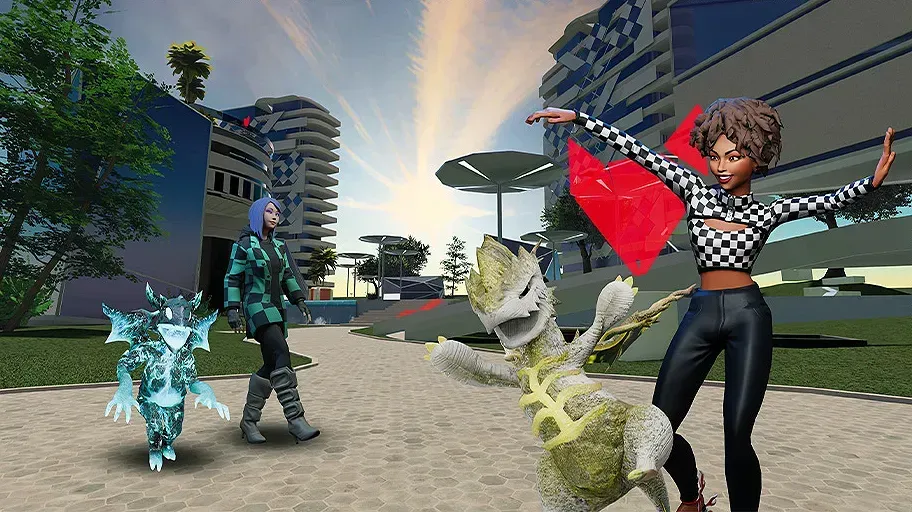
The metaverse is more than just a space—it’s a vibrant community. Social tools like voice chat, text messaging, and even gesture-based interactions make connections authentic. Equally important is cultural diversity. A successful metaverse reflects global perspectives, creating inclusive spaces where everyone feels represented. By fostering a sense of belonging, the metaverse becomes a truly universal platform.
Governance in the metaverse is about balance. Decentralized systems, like DAOs (Decentralized Autonomous Organizations), give users a voice in decision-making. At the same time, ethical frameworks ensure safety and privacy. With strong moderation systems, the metaverse can become a secure, equitable environment that values user well-being.
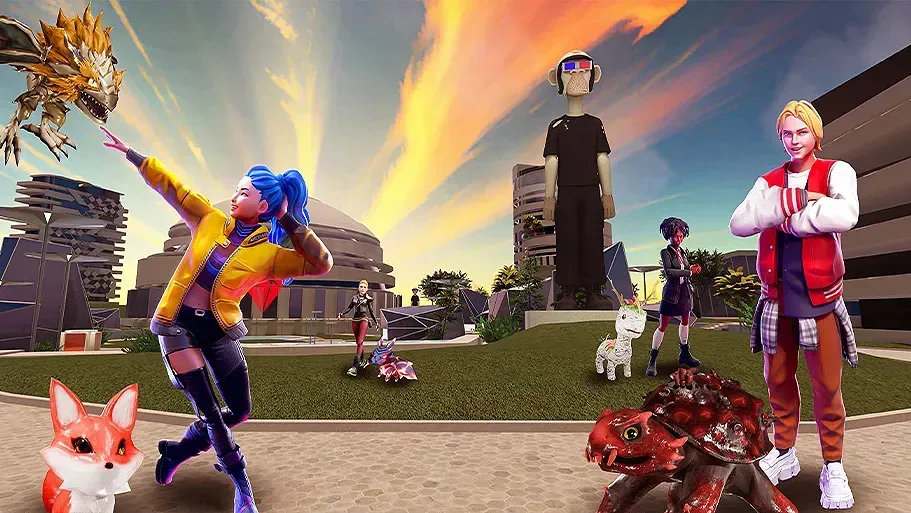
Unlike traditional games, the metaverse operates in real time, 24/7. Persistent virtual worlds continue to evolve based on user interactions and external events, creating a dynamic environment. This “always-on” nature fosters deeper user engagement, making the metaverse feel like a living, breathing digital ecosystem.
Artificial intelligence is redefining how users interact in the metaverse. With agentic AI, autonomous virtual entities can make decisions, adapt to user behaviors, and shape the environment dynamically. Imagine entering a bustling virtual city where AI-powered citizens have unique goals, personalities, and responses, creating an immersive, ever-changing experience. Beyond enhancing realism, AI plays a key role in governance, moderating harmful behavior, and fostering community-driven rules. In this way, agentic AI isn’t just a feature—it’s a cornerstone of the metaverse’s interactivity and depth.
Each of these pillars plays an integral role in shaping a metaverse that is immersive, interconnected, and sustainable. They ensure the platform evolves as a thriving ecosystem for users, creators, and developers alike. Neglect one, and the balance falters; integrate them seamlessly, and the metaverse becomes a space where creativity and connection flourish.
For those venturing into the metaverse, understanding these foundational pillars helps demystify this groundbreaking concept. The metaverse isn’t just a virtual destination—it’s a platform where ideas are built, shared, and brought to life. So, whether you’re an innovator or an explorer, there’s a place for you in this digital future.
https://www.abiresearch.com/blog/technologies-powering-the-metaverse?utm_source=chatgpt.com
https://wires.onlinelibrary.wiley.com/doi/full/10.1002/widm.1556?utm_source=chatgpt.com
https://dl.acm.org/doi/10.1145/3306307.3339844?utm_source=chatgpt.com
